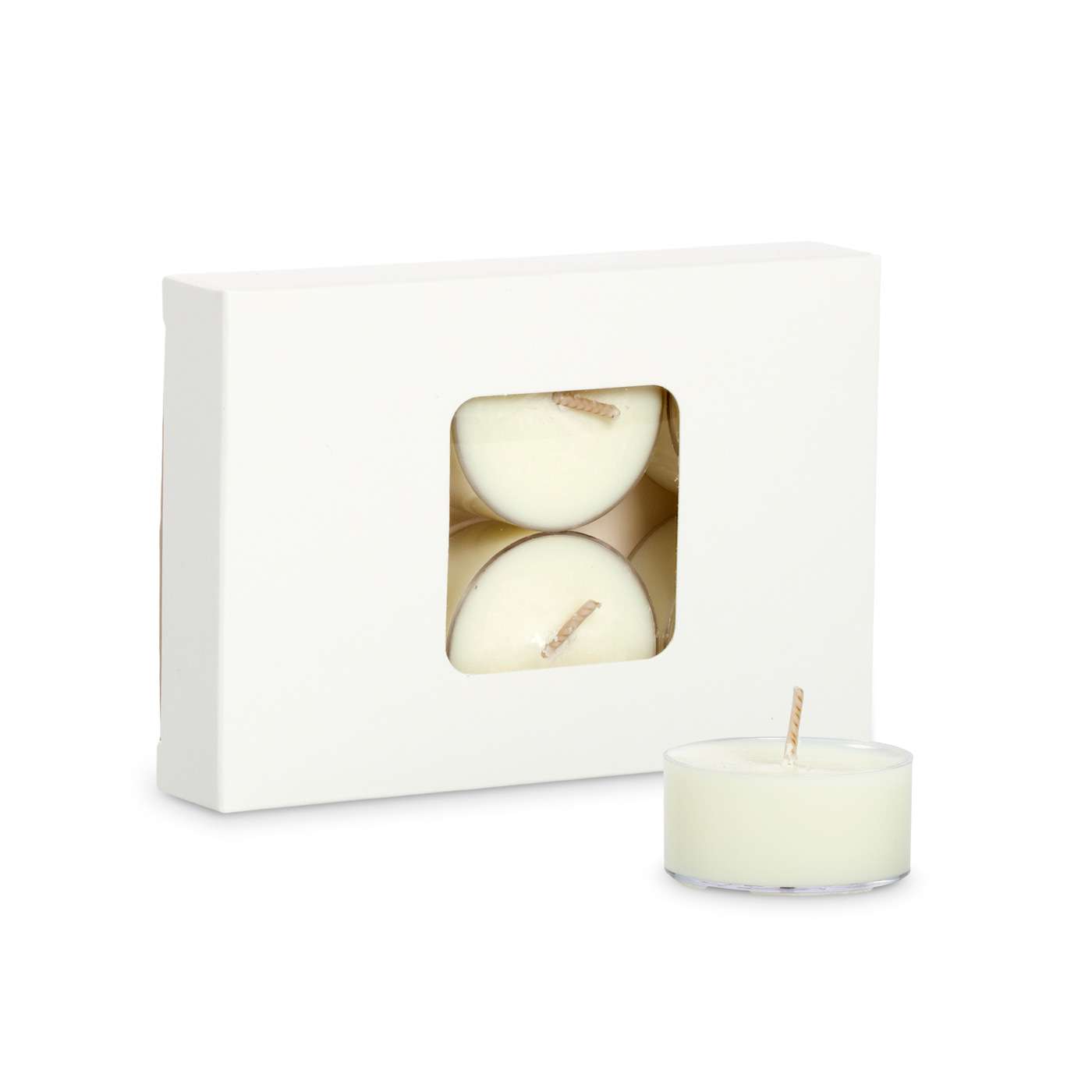Develop Setting with Handmade Soy Wax Candles and Home Fragrance
Wiki Article
From Wick to Wax: Comprehending the Chemistry Behind Soy Wax Candles and Their Environmental Impact
As we brighten our spaces with the cozy radiance of candles, there exists a realm of elaborate chemistry behind the apparently straightforward act of lighting a soy wax candle. The selection between soy and paraffin wax expands beyond plain aesthetics, delving right into the realm of ecological impact and the very composition of the products. Understanding the molecular structure of soy wax and its burning process clarifies the exhausts released into our surroundings. Join us as we untangle the clinical details behind soy wax candles and discover their effects on our setting.Soy Wax Vs. Paraffin Wax
When contrasting soy wax and paraffin wax for candle production, it is important to recognize the unique characteristics and benefits of each product. Soy wax is an all-natural, eco-friendly resource stemmed from soybean oil, making it eco-friendly and eco-friendly - home fragrance. On the other hand, paraffin wax is a result of petroleum refining, which elevates worries about its ecological effect and sustainabilitySoy wax candle lights burn cleaner and give off much less soot contrasted to paraffin wax candle lights, making them a much healthier selection for indoor air high quality. In addition, soy wax has a reduced melting point, permitting a longer-lasting candle light that spreads scent a lot more properly. Paraffin wax, on the various other hand, tends to melt faster and less easily, possibly launching harmful chemicals into the air.
From a sustainability viewpoint, soy wax is preferred for its biodegradability and renewable sourcing, aligning with the expanding customer preference for eco conscious items. While paraffin wax has actually been a standard selection in candle making because of its price and ease of usage, the shift in the direction of green choices like soy wax is getting momentum in the market.
Chemical Structure of Soy Wax

Burning Refine in Soy Candles
The chemical make-up of soy wax directly influences the combustion process in soy candles, impacting elements such as melt time, aroma release, and ecological effect. When a soy candle light is lit, the heat from the flame thaws the wax near the wick.
The burning efficiency of soy candles is influenced by the pureness of the soy wax and the quality of the wick. Furthermore, soy wax candles have a lower environmental influence compared to paraffin candle lights due to their biodegradable and eco-friendly nature.

Environmental Benefits of Soy Wax

Considered a sustainable choice to traditional paraffin wax, soy wax supplies noteworthy ecological advantages that make it a preferred selection amongst eco-conscious customers. One substantial benefit of soy wax is its renewable sourcing. Soy wax is stemmed from soybean oil, which is primarily cultivated in the USA. The cultivation of soybeans assists sustain neighborhood farmers and decreases the dependence on non-renewable nonrenewable fuel sources used in paraffin wax production. In addition, soy wax is naturally degradable, meaning it damages down naturally without launching dangerous toxic substances right into the atmosphere. This particular makes soy wax candle lights a much more eco-friendly option contrasted to paraffin wax candle lights, which are made from petroleum, a non-renewable source. Soy wax burns cleaner and generates less soot than paraffin wax, adding to far better interior air quality and decreasing the requirement for cleansing and maintenance. On the whole, the ecological benefits of soy wax align with the expanding demand for environmentally friendly and lasting products in the marketplace.
Recycling and Disposal Considerations
Reusing and correct disposal of soy wax candles play an important duty in maintaining ecological sustainability and decreasing waste in homes and neighborhoods. When it concerns recycling soy wax candle lights, the very first step is to make sure that the candle has shed totally. This can be achieved by allowing the candle to burn up until home fragrance the wick is no more useful, and after that letting the continuing to be wax cool and strengthen. As soon as the wax has solidified, it can be meticulously gotten rid of from the container.
In regards to disposal, if recycling is not a choice, soy wax candles are naturally degradable and can be safely thrown away in a lot of family waste systems. Nonetheless, it is constantly advised to get in touch with regional reusing facilities or waste administration solutions for details guidelines on candle disposal to ensure proper handling and environmental management.
Verdict
In conclusion, the chemistry behind soy wax candle lights discloses their environmental advantages over paraffin wax candles. Soy wax, acquired from soybean oil, burns cleaner and produces less residue when compared to paraffin wax.When comparing soy wax and paraffin wax for candle production, it is important to understand the distinctive attributes and advantages of each material (soy candles).Soy wax candles melt cleaner and give off less soot contrasted to paraffin wax candles, making them a healthier selection for interior air quality.Taken into consideration a sustainable option to typical paraffin wax, soy wax provides significant environmental advantages that make it a preferred option among eco-conscious consumers. Soy wax burns cleaner and generates much less soot than paraffin wax, contributing to much better indoor air quality and reducing the requirement for cleansing and upkeep.In final thought, the chemistry behind soy wax candle lights exposes their ecological advantages over paraffin wax candles
Report this wiki page